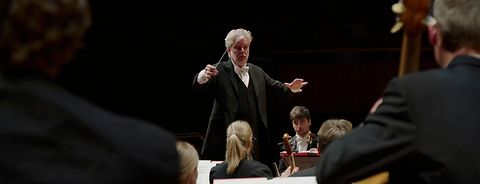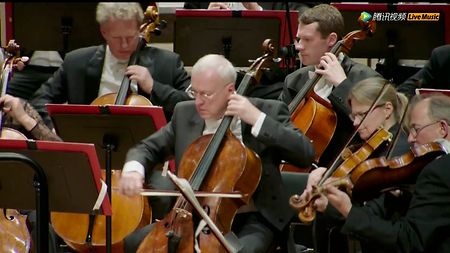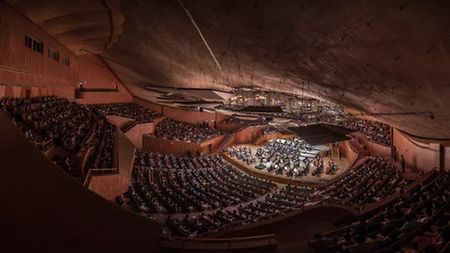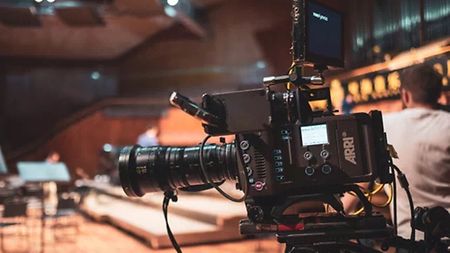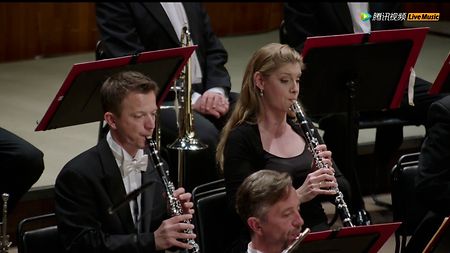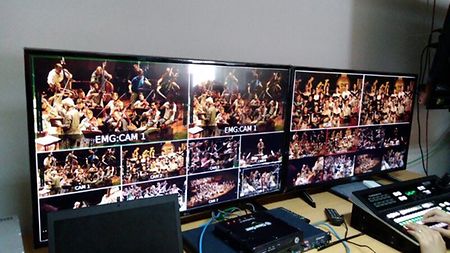When the Xinghai Concert Hall in the Chinese city of Guangzhou planned the celebratory concert to mark its 20th anniversary, Beethoven’s 9th Symphony was an obvious choice. The composer’s final completed symphony is one of the most frequently performed pieces of classical music; yet it remains one of the most artistically revolutionary pieces in the repertoire.
Two hundred years after it was written, staging the symphony still poses many challenges. The sheer number of performers can be hard to marshal, as the work calls for a large orchestra, a choir and solo singers, comprising a total of 170 people in all.
The anniversary concert was performed by the WDR Symphony Orchestra Cologne, the WDR Radio Choir and WDR Radio Orchestra under the direction of Jukka Pekka Saraste. In addition to the 15,000 people who watched the concert in the hall, it was streamed live to 50,000 viewers by Tencent Video using eight AMIRA cameras. Dongwei Zhao from Tencent Video Tech Center talked to ARRI about his experience with the AMIRA Multicam system.
